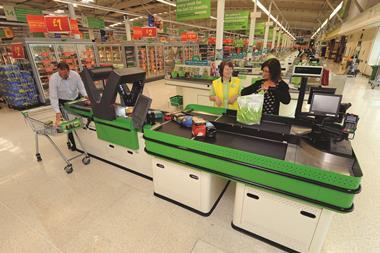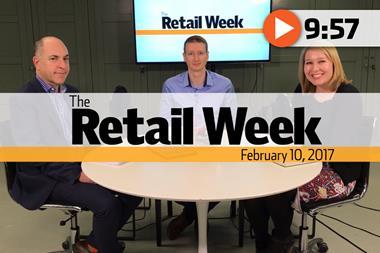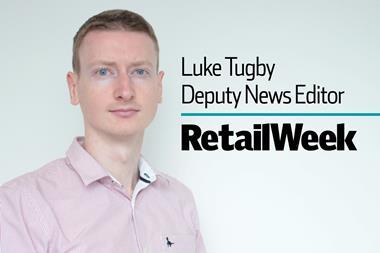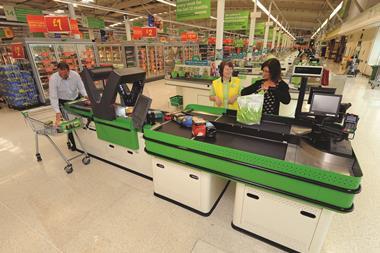Inflation reached its highest level for two-and-a-half years in December as rising prices put a squeeze on consumer spending power.
According to the latest Asda Income Tracker, inflation hit 1.6% last month, the highest it has been since July 2014.
The weakened pound and rising oil prices drove the rate of inflation, with petrol prices surging 10% compared to last year, the tracker said.
Despite inflation hitting a 30-month peak, food prices fell 1.1% in December compared to the same month in 2015.
However, grocery prices were up 0.8% in December on a month-on-month basis.
Discretionary income for the average UK household continued to rise in December, climbing 4.4% year-on-year to £202, as a 2.3% increase in net income went some way towards offsetting price rises for consumers.
“The question in 2017 will be whether wage growth can keep up with rising inflation.”
Kay Neufeld, Cebr
In the three months to November 2016, regular earnings growth was up 2.7%, while the rate of unemployment remained steady at 4.8%, according to the tracker.
London households remained at the top of the spending power list, with £275 of discretionary income in December, £73 more than the UK average.
In contrast, Northern Ireland recorded the weakest average spending power of £105 per household.
An Asda spokesman said: “As we begin 2017, it is clear to see that prices are at the top of customers’ minds, across a range of different categories.
“It is pleasing to see that families across the UK are still seeing growth in their spending power, despite the pressure customer price inflation is putting on the price of essential items.”
Cebr economist Kay Neufeld added: “Rising inflation is clearly weighing on the growth in spending power now. Price increases in most product categories – from meals in restaurants to air fares – reduce the spending power of UK households.
“In the last months of 2016 we have seen an uptick in wage growth due low unemployment and the lagged effects of the national living wage.
“The question in 2017 will be whether wage growth can keep up with rising inflation.”
























No comments yet